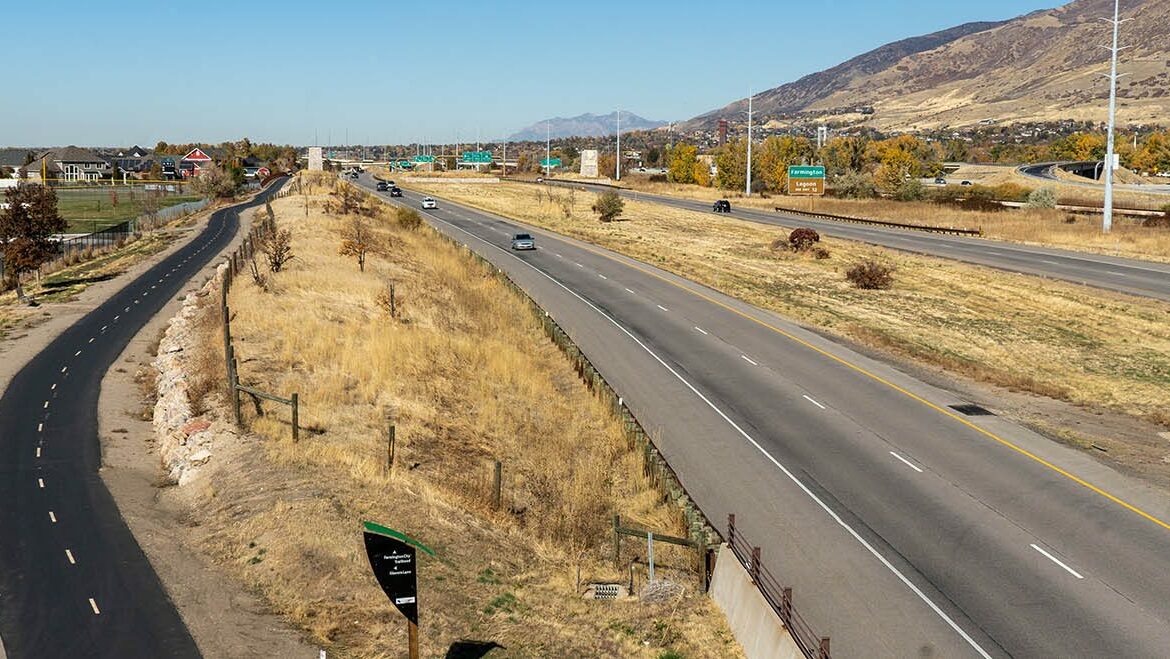Author Archive
Powering up communities: New grant to accelerate electrification & smart growth

Across the country, municipalities and transit agencies are beginning to embrace electrification in local transportation. They’re showing that the future of transportation does not have to be just electrified cars. And thanks to the Joint Office of Energy and Transportation, there’s a new funding opportunity to help local communities go electric.
FTA helps deliver more buses for less

The Federal Transit Administration is working hard to ensure that the next rounds of the Low or No Emissions Grant Program and Buses and Bus Facilities Program do the most for riders—and the climate. Here’s how.
It’s nearly impossible to understand how our tax dollars are spent on transportation

T4America used artificial intelligence to find out how states are spending money from the Infrastructure Investment and Jobs Act (IIJA). Two findings are clear: More money alone will still fail to produce change, and it’s far too complicated to figure out where our transportation dollars are going.
The IIJA is a climate time bomb. Will states defuse it?

Despite the transportation sector being the biggest emitter of U.S. greenhouse gasses, our AI-powered analysis of over 57,000 infrastructure law-funded state projects shows that over a quarter of the law’s formula dollars are funding highway expansion projects that will drastically increase emissions. Will states reverse course with the last two fiscal years of funding?
Takeaways from the Smart Growth Electrification Roundtable

On January 23, 2024, Transportation for America, in partnership with the Bicameral Electrification Caucus, organized a roundtable discussion on Capitol Hill on the vital connection between smart growth and transportation electrification, and the strategies that need to be prioritized to achieve transportation equity and decarbonization goals in the next transportation reauthorization. When it comes to decarbonizing transportation it’s not about either-or. We need both electrification and more mobility choices to meet our emissions targets.
Better build another highway: The Legacy Parkway story

Gently curving through wetlands southeast of the Great Salt Lake, Utah’s Legacy Parkway has been characterized as an example of a state DOT making a principled compromise to craft a transportation solution balancing transport modes and ecological needs. However, the legacy UDOT had truly left behind was a connection for the new West Davis Corridor, an ongoing project continuing the march through the remaining marshes and farmland of the Salt Lake Valley.
Transit’s physical cliff: Climate change

California and New York State Legislatures voted to save transit from the fiscal cliff in 2023. While a win for transit can be a win for the climate, changing conditions across the country demonstrate the need for transit to find ways to be both fiscally and physically resilient.
Why NEVI needs an upgrade

The $5 billion National Electric Vehicle Infrastructure (NEVI) program is an important investment in the build-out of the nation’s EV charging infrastructure, but decision makers are moving forward with the same old approach. The program’s strict one-mile rule and a preference for gas stations and truck stops are a missed opportunity for investments that should […]
Leave the gas station behind: How charger-oriented development can lead to a greener future

Charging an EV is fundamentally different from fueling a gas-powered car. It’s time to co-locate charging infrastructure with existing communities in an approach we call charger-oriented development.
Puget Sound’s strategy to center equity in the new normal

Spurred on by COVID-19 disruptions, leaders of the Puget Sound Regional Council found a new way to allocate federal transit formula dollars. Their equity-focused distribution could help the most vulnerable communities while also adapting to new travel trends.
Rising fatalities a sign to modernize federal design framework

Despite a binding requirement to release an updated version more than a month ago, the Federal Highway Administration missed the deadline to release a new edition of a federal handbook with national influence on street design. There were many positive changes proposed for this edition, but unless this delay comes because further improvements are underway, this new edition might ultimately be another green light for increasing traffic fatalities.
Mind the gap: USDOT’s first take on reconnecting communities

In March 2023, USDOT announced the initial 45 awardees for the opening round of the Reconnecting Communities Pilot Program. This first-of-its-kind program represents the start of a new series of initiatives that confronts the legacy of inequitable infrastructure projects in the US and will (un)pave the way for the Neighborhood Access and Equity Grant program created in the Inflation Reduction Act. But to meet the needs of communities, the USDOT needs to expand its vision and scope of funds available.
Advocates call for White House council to track and reduce emissions

While NEPA exists to protect the environment and communities, it has long fallen short of addressing climate emissions and protecting disadvantaged communities. In response to a call for comments about new guidance on climate change and greenhouse gas emissions, Transportation for America joined a nine-member working group to urge the White House to address transportation’s role in climate emissions and historic injustices.



















